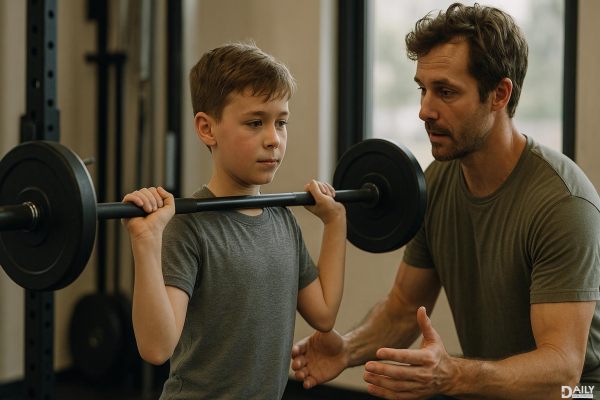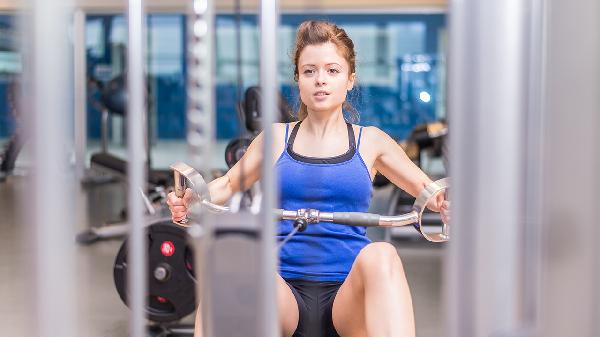Kids can safely start lifting weights as early as 7 or 8 years old, but the key is to focus on proper form, light resistance, and supervision rather than heavy lifting. The goal at this age isn’t to build muscle mass but to develop coordination, strength, and healthy habits. With the right approach, weight training can be a safe and beneficial activity for kids, helping them build confidence and physical fitness. However, it’s crucial to avoid pushing them too hard or too fast, as their bodies are still developing.

Kids’ bodies are different from adults’. Their bones, muscles, and joints are still growing, which means they’re more susceptible to injury if they’re not careful. Before puberty, kids don’t have the same levels of hormones like testosterone that help build muscle mass, so heavy lifting won’t have the same effect as it does on adults. Instead, the focus should be on learning proper techniques and building a foundation of strength. Starting too young or with too much intensity can lead to injuries like growth plate fractures, which can have long-term consequences. That’s why it’s essential to tailor weight training to their developmental stage.
When introducing kids to weight training, start with bodyweight exercises like push-ups, squats, and lunges. These movements help them develop strength and coordination without the added risk of using external weights. Once they’ve mastered these basics, you can gradually introduce light resistance, such as resistance bands or dumbbells. Always emphasize proper form over the amount of weight lifted. A good rule of thumb is to use weights that allow them to complete 10-15 repetitions with good control. Supervision from a qualified trainer or coach is also critical to ensure they’re performing exercises correctly and safely.
Weight training offers a range of benefits for kids beyond just physical strength. It can improve their overall fitness, boost their confidence, and teach them discipline and goal-setting. Regular strength training can also enhance their performance in other sports by improving their power, speed, and endurance. Additionally, it can help prevent injuries by strengthening muscles and improving joint stability. For kids who may not be interested in team sports, weight training can be a great way to stay active and engaged in physical activity.
One of the biggest mistakes parents and coaches make is pushing kids to lift too much weight too soon. This can lead to injuries and burnout. Another common error is neglecting proper warm-ups and cool-downs, which are essential for preventing strains and sprains. It’s also important to avoid overtraining—kids need rest and recovery just like adults do. Finally, don’t treat weight training as a competition. The focus should be on personal progress and enjoyment, not comparing themselves to others.
Not all kids are ready to start weight training at the same age. Signs that your child might be ready include an interest in physical activity, the ability to follow instructions, and a basic level of coordination. They should also be mature enough to understand the importance of safety and proper technique. If your child is hesitant or uninterested, don’t force it—there are plenty of other ways for them to stay active and healthy.
To ensure your child’s safety during weight training, choose a gym or facility with equipment designed for kids. Look for trainers or coaches who have experience working with young athletes and understand the unique needs of growing bodies. Make sure the environment is positive and supportive, with an emphasis on fun and learning rather than competition. And always encourage your child to speak up if something doesn’t feel right—pain or discomfort is a sign to stop and reassess.
Weight training can be a fantastic way for kids to build strength, confidence, and healthy habits, but it’s essential to approach it with care. By focusing on proper form, light resistance, and supervision, you can help your child reap the benefits without risking injury. Remember, the goal isn’t to create a mini bodybuilder but to foster a lifelong love of fitness and well-being.
























